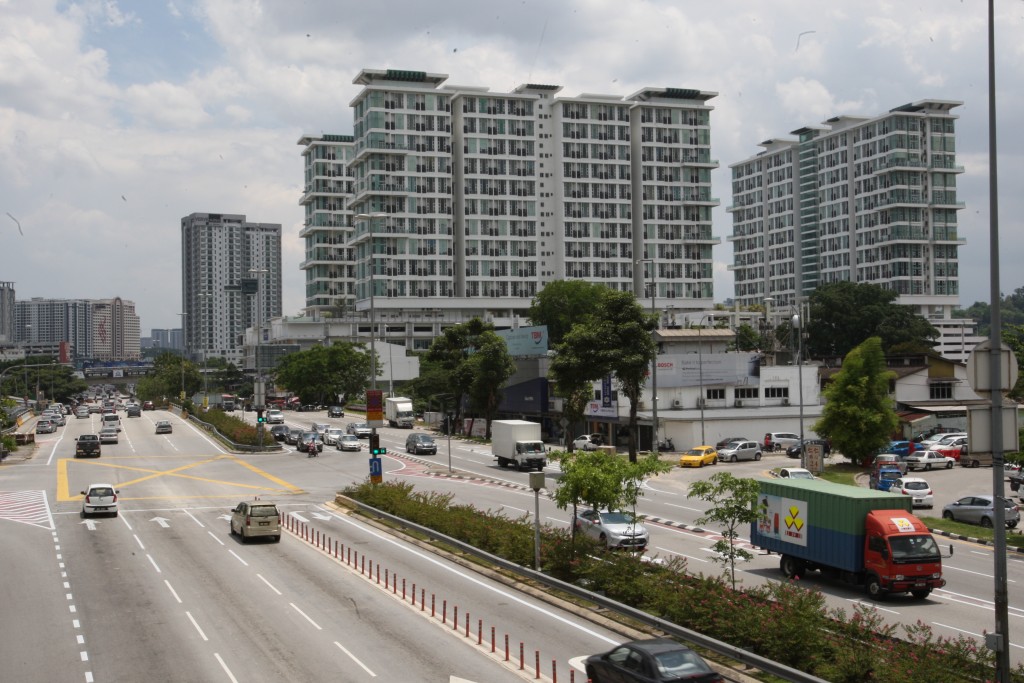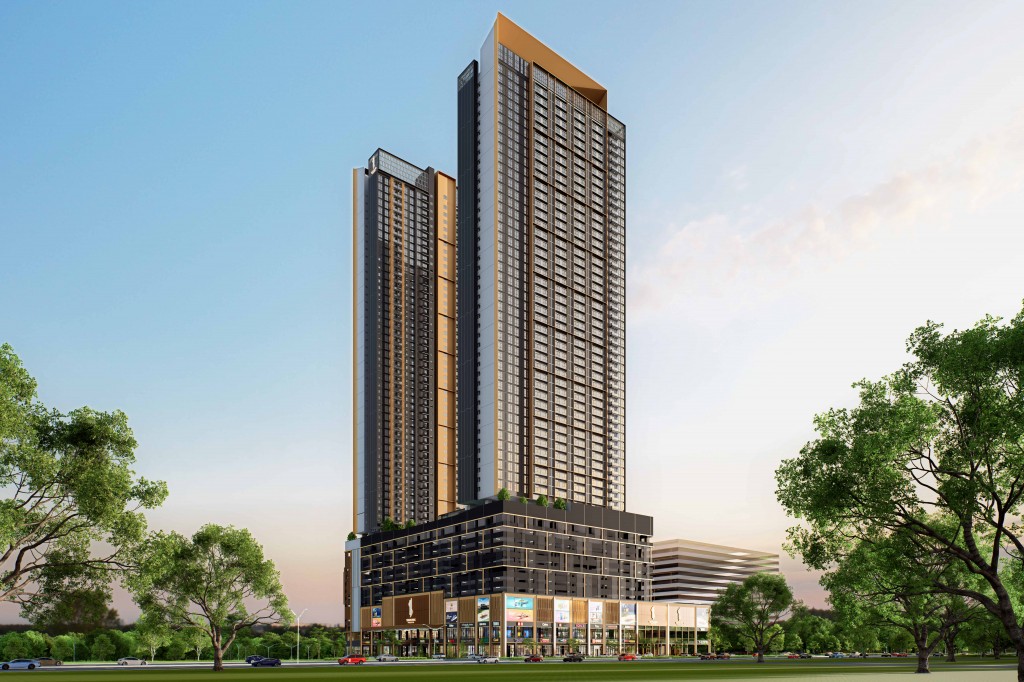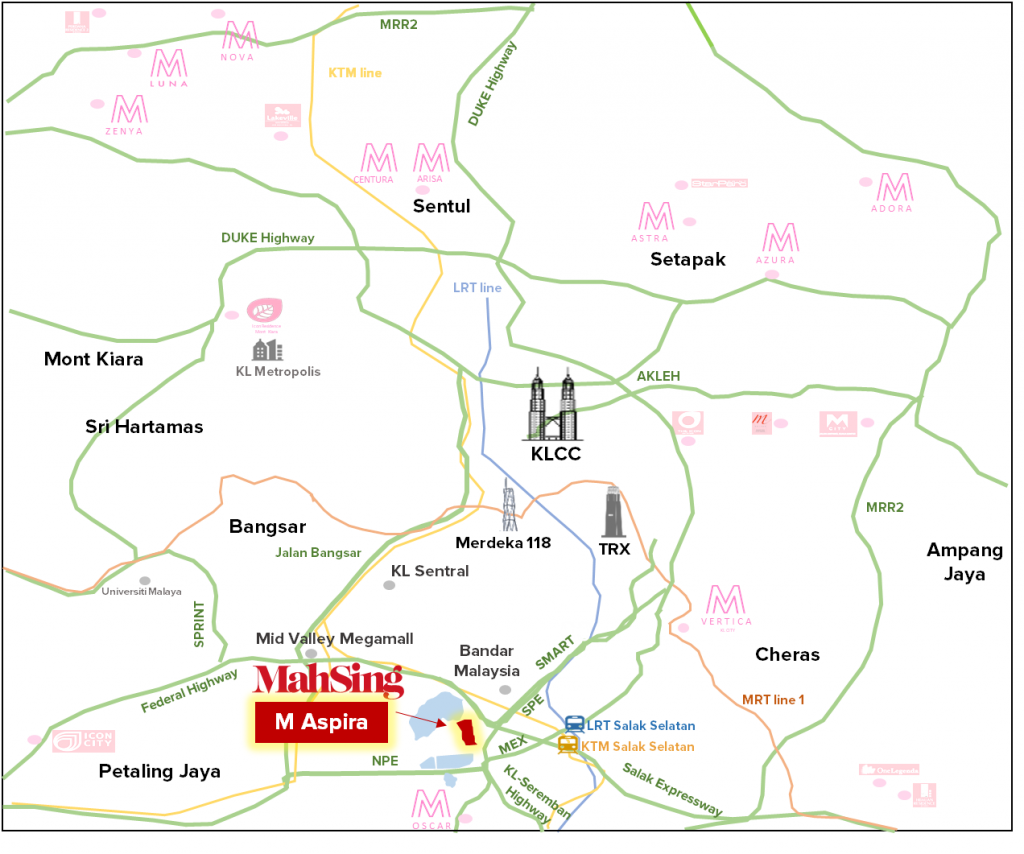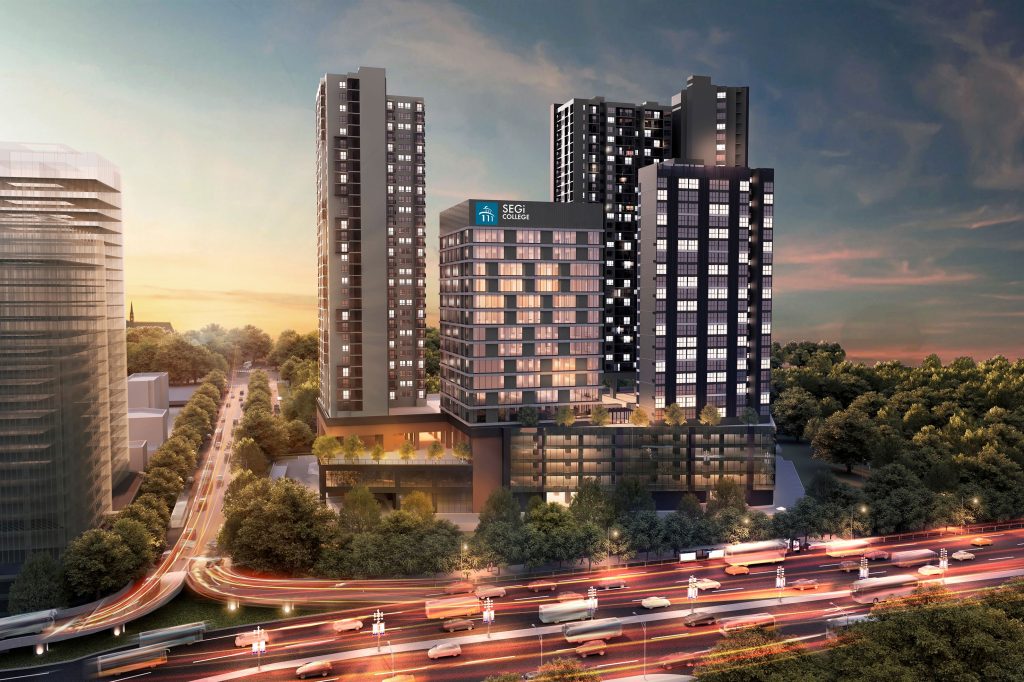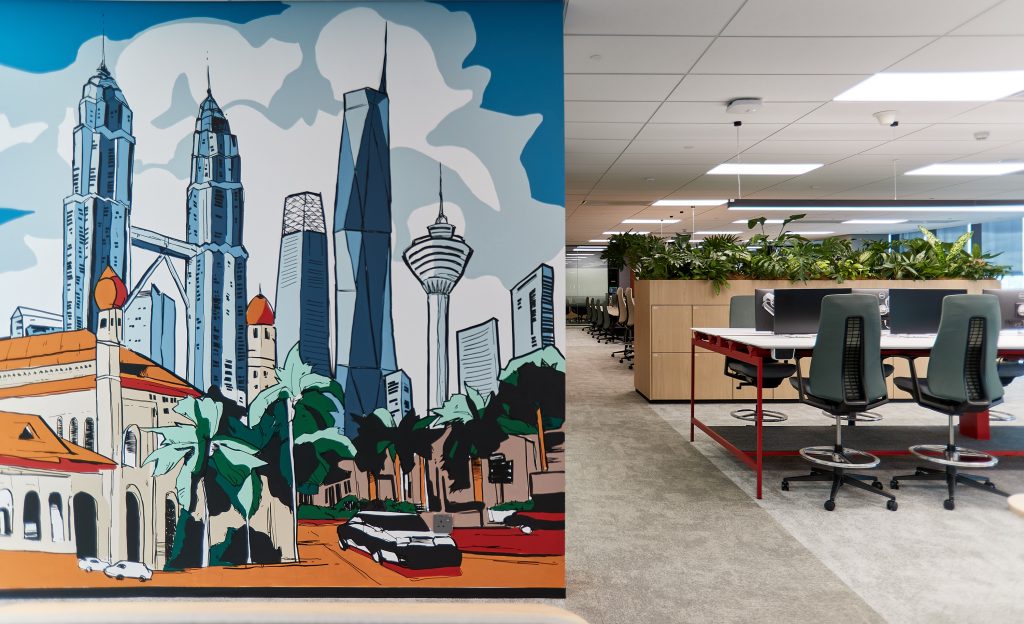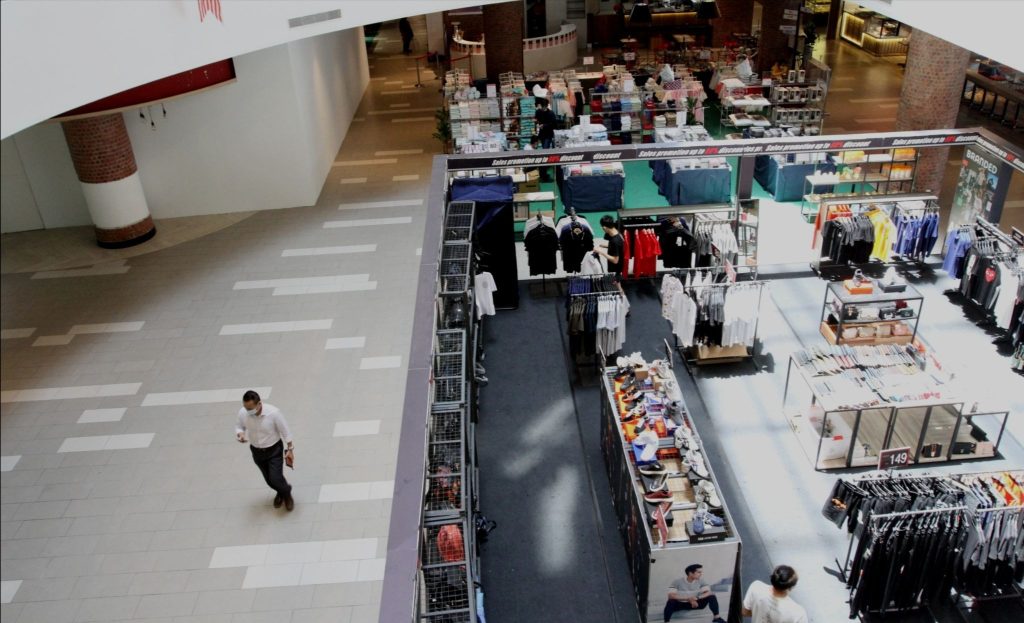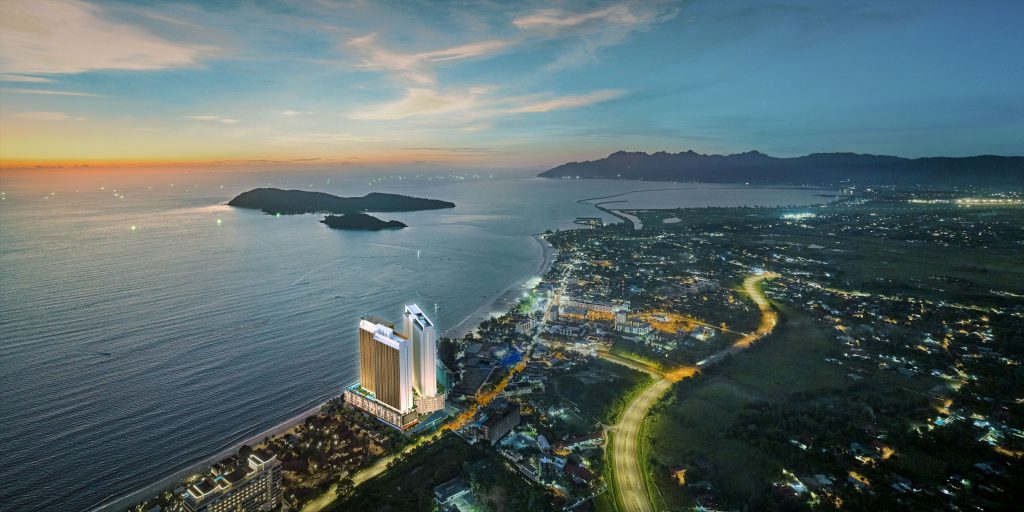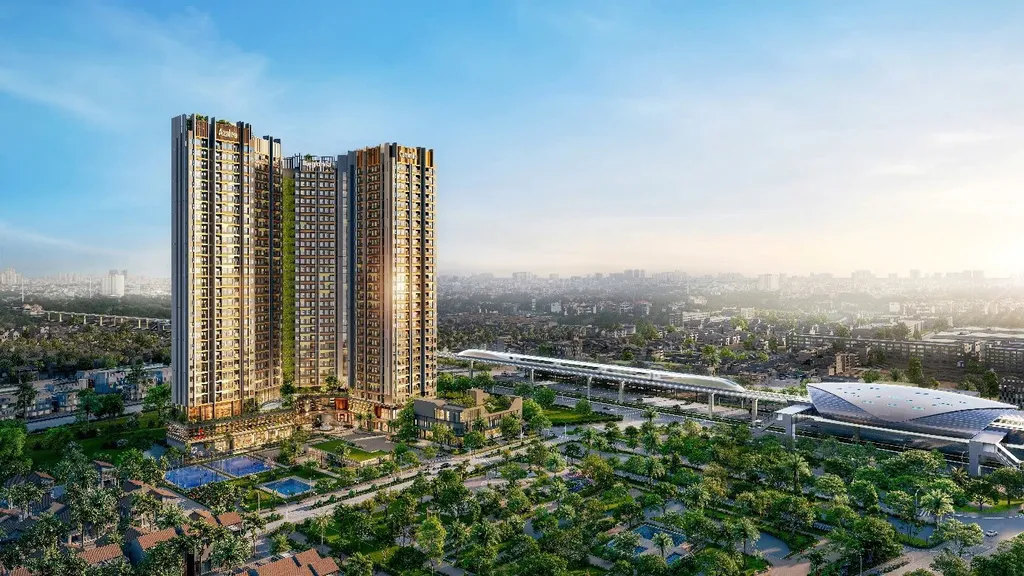Contributed by Stephen Chin
Read More on Part I: Environology and Property column: The Old Klang Road’s Qi Flow
When Taman Desa was developed in the early 1970s, it was not that much of a stretch to say it was in the “desa” or countryside. Work on the KL-Seremban Expressway only starts in 1974.
Back then, there were jungles, rubber estates and tin mines. As development took hold and further roads were built, Taman Danau Desa came along.
Property agents and developers may consider this an ideal location. It has good access, is located within Greater Kuala Lumpur, and just a few minutes away from Mid Valley Megamall. It has a private hospital, schools and even a water theme park. Funnily enough, it does not have the same “upper class” image as Bangsar or Damansara Heights. This may be due to its rustic name!
Most of the initial developments in Taman Desa are centred on a small commercial district comprising two rows of shophouses and Faber Tower, the headquarters of the Faber Group. Faber was one of the early developers of Taman Desa.
It started back in 1963 as Merlin Hotels Malaysia and ventured into property development and healthcare through a merger with Faber Union to form Faber Merlin in 1972. It eventually became a part of the UEM Group.
The commercial district is surrounded by Jalan Desa Utama, Desa Bakti, Desa Bahagi and Desa Jaya.The terrain slopes downhill from Jalan Desa Utama to Jalan Desa Bahagia. It then rises gently towards SMK Taman Desa.
In effect, the commercial district is sitting in a shallow valley which collects earth forces. Ideally, the buildings here should face east-southeast in the direction of the school.
Interestingly, only Faber Towers enjoys this orientation. This may explain how the Faber Group continues to perform strongly, constantly aligning its business with time. A clear example is its departure from the hospitality industry into property development, thereby consigning the Merlin hotels to the footnotes of history.
The shophouses sit in a hollow because the surrounding roads are on higher ground. They are practically facing hills. This may explain why businesses here seem to do alright and yet not exceptionally well. They experience a mixture of ups and downs.
Taman Desa’s roads follow the contour of the hilly terrain. The outer ring is formed by Jalan Desa Utama and Desa Bakti. Jalan Desa Mesra, Desa Maju and Changkat Desa each form a loop. Jalan Desa Makmur is a semi-circle.
Circular roads have the advantage of creating concaves or embracing curves which act as a parabolic dish and cause earth forces to collect into gentle, homogeneous pools. Therefore, properties that face downhill and embraced by the road are very ideally located. The occupants will likely do better than their opposite neighbours who face uphill and the elbow of the road.
As the hills of Taman Desa are lower than its neighbour Seputeh, the forces are countered by those coming from Seputeh. This interaction creates a gentler flow at the north side, which means properties here will have better “vibes” than the south side.
On another positive note, almost all the roads here are inter-connected. Only Lorong Desa Maju leads to a dead-end.
Nothing much is done on the western side of Taman Desa as the area falls under Taman Shanghai and Petaling Lama. There are only Faber Ria and Faber Heights condos here. The eastern side was eventually developed as Taman Danau Desa.
Taman Danau Desa is more densely populated, comprising condominiums such as Danau Impian, Danau Idaman and Danau Murni. These blocks surround a new commercial enclave of shop-offices. Many retail units here are F&B, making it a favourite night spot for residents nearby.
Danau Desa has an undulating terrain with several small hills, ridges and valleys but overall, the land tapers downhill to the west. Further south, Sungai Kerayong is flowing from east to west to join the Klang River.
From an Environology perspective, an ideal facing direction should be the confluence of two rivers, which forms a natural embrace. It is a collector of gentle, homogenous and harmonious earth forces.
In this area, the ideal orientation would be west or southwest. It is especially true for properties to the west of Jalan Desa Utama, Desa Murni, Desa Permai and Lengkungan Desa.
On the other side of Taman Desa’s hills, where a lake is nearby, properties facing east towards the lake (with the hill behind them) have a proper orientation. Nonetheless, comparatively properties here are not as “good” as the ones with the river because the lake is finite in size and its banks may not necessarily form an embrace to collect earth forces.
Within this township, we reckon the most unsuitable orientation would be northeast and north, as they face away from the river confluence. The adverse effects are amplified if they face a hill or higher ground. Occupants in such properties may find life a struggle, with complicated relationships, financial difficulties or health challenges.
About the Contributor
Stephen Chin is a consultant and director at Environology dot com Sdn Bhd.
DisclaimerAll data and information provided on this site are for informational purposes only. StarProperty.my makes no representations as to the accuracy, correctness, completeness, currentness, suitability, or validity of any information on this site and will not be liable for any errors, omissions, or delays in this information or any losses, injuries, or damages arising from its display or use. The information is provided on an as-is basis. Users are encouraged to seek professional advice before relying on any data and/or information provided on this site.

